Since arriving at Bosten Lake in the evening of October 9, 2020, the china Biodiversity Conservation and Green Development Foundation (CBCGDF) biodiversity scientific expedition team has alternately tracked the two most important freshwater rivers in the upper reaches of Lop Nur along the 218 National Road, the Kongque (Peacock) River and the Tarim River. Field investigations were carried out on biodiversity and hydrology in the upper, middle and lower reaches of the two rivers.
The river water in the middle and lower reaches of the Tarim River is like a thin blue belt, and the green belt on both sides of the river formed by the river water separates the Taklimakan Desert and the Kuruktag Desert, thus avoiding the complete closure of the tow grand deserts. Water is the source of life. The scientific expedition team surveyed along the river in order to investigate the law of ecological succession in Lop Nur, and at the same time, to find out the current status of biodiversity in the area.
In the four investigation groups of the scientific expedition team, the plant group can identify and take samples near the sample plot; the most important task of the soil and microbiome is to retrieve samples from different locations. The physical and chemical analysis of a large number of microorganisms and soil requires later laboratory completed; Aquatic organisms and fish group needs to sample at various sampling spots, including live aquatic organisms; The bird and beast survey group needs to complete the transect or transect species survey. Although the scientific expedition team was marching along the rivers, in fact, the surrounding area was already surrounded by vast deserts. Most of the middle and downstream streams of these rivers penetrate deep into the desert and eventually disappear into the vast sea of sand.
There are many desert wild animals, but it is really difficult to encounter them in broad daylight. In this regard, the group responsible for wildlife surveys generally adopts methods such as identifying footprints and identifying animal feces and hair. Fortunately, whether in the wetlands by the river or in the desert, because the soil contains more fine sand, once wild animals pass by, their tracks are completely exposed to the scientific expedition team.
On the afternoon of October 11, when investigating the middle reaches of the Kongque River in Yuli County, due to the relatively shallow water of the river, there were four-toed large footprints sunken in the mud on the wet mud. Experienced bird investigators walked to have close observation, judged that it was left by the great egret.
The next day, when surveying the sample line on the right bank of the Hudila Bridge in the lower reaches of the Tarim River, a large cotton field was distributed on one side of the sample line. Combine harvesters or a small number of farmers were picking cotton in the fields nearby. Near noon, the sun was dazzling, and the wildlife group entered a forest of Populus euphratica. On the towering sand bank slope, traces of winding like willows caught the attention of the investigators: On the gray-white fine sand, there is a curved shallow groove with petal-like dots symmetrically distributed on both sides. The picture is vivid, it turns out that Phrynocephalus forsythii paints with its body! Near the water, there are plum-shaped footprints left by felid, four toes, and obvious pads. Based on the depth and shape of the footprints, the investigators preliminarily judged that it was a masterpiece of the raccoon animal.
In the lower reaches of the Kongque River, careful investigators have also discovered some kind of rat feces, round traps laid by ant lion on the sand, and a series of traces of Tarim hares. What's interesting is that during the survey on this day, the investigators traced a series of large hoofed footprints along the high sand steps on the side of the old road of the Kongque River. After tracking for about a kilometer, they found that there were other similar footprints. The fellas actually went downhill and crossed the clear and shallow Kongque River. On the clear and transparent bottom of the river, the footprints are still visible at a glance. Another unexpected discovery was that through the imprint, the scientific expedition team actually found the imprint of Psammophis lineolatus belonging to Colubridae. In addition to its unique snaking posture, it also clearly left the print of its head.
In addition to the trace method in the wildlife group, another common method is to install an infrared camera for automatic monitoring, but the latter is mostly used for the investigation of fixed transects or transects. This time, since the setting of the transect or the transect is still being explored, the latter method is not applicable. But the hard work pays off, and the expedition team really had good luck. In Daxihaizi Reservoir, the scientific expedition team discovered Lepus yarkandensis on the grassland beside the lake; On October 15th, during an investigation in the lower reaches of the Cherchen River, the scientific expedition team found and photographed a fox and a wild boar feeding on a roadside deserted beach twice while traveling along the road. "Didn't expect the habitat in this area to be so good", the expedition team was very surprised. After all, the lower reaches of the Cherchen River are located on the southern edge of the Taklimakan Desert, less than one kilometer away from the investigation site. It is a huge gray-white rolling sand hill standing on the side of the riverbank valley.
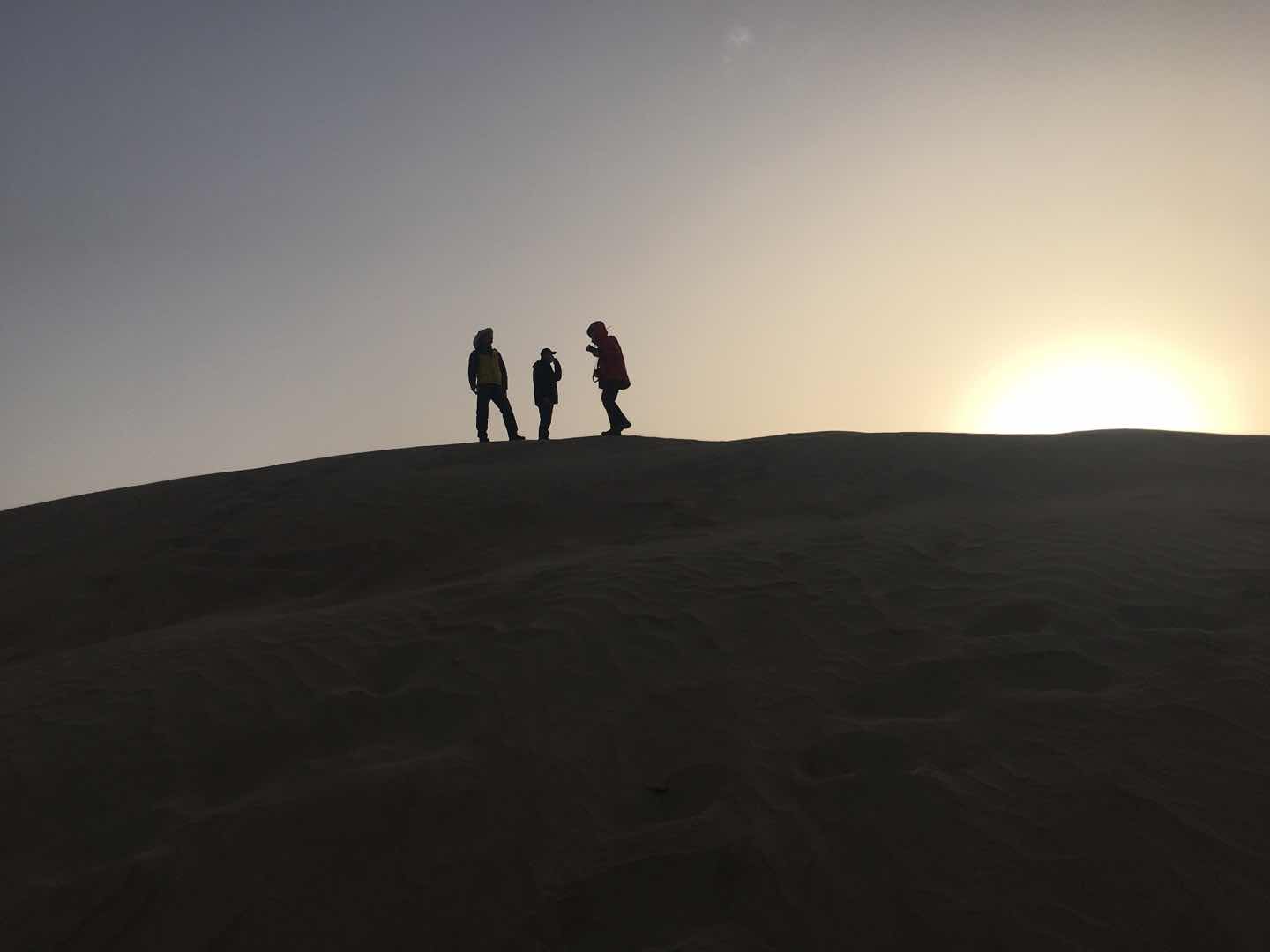
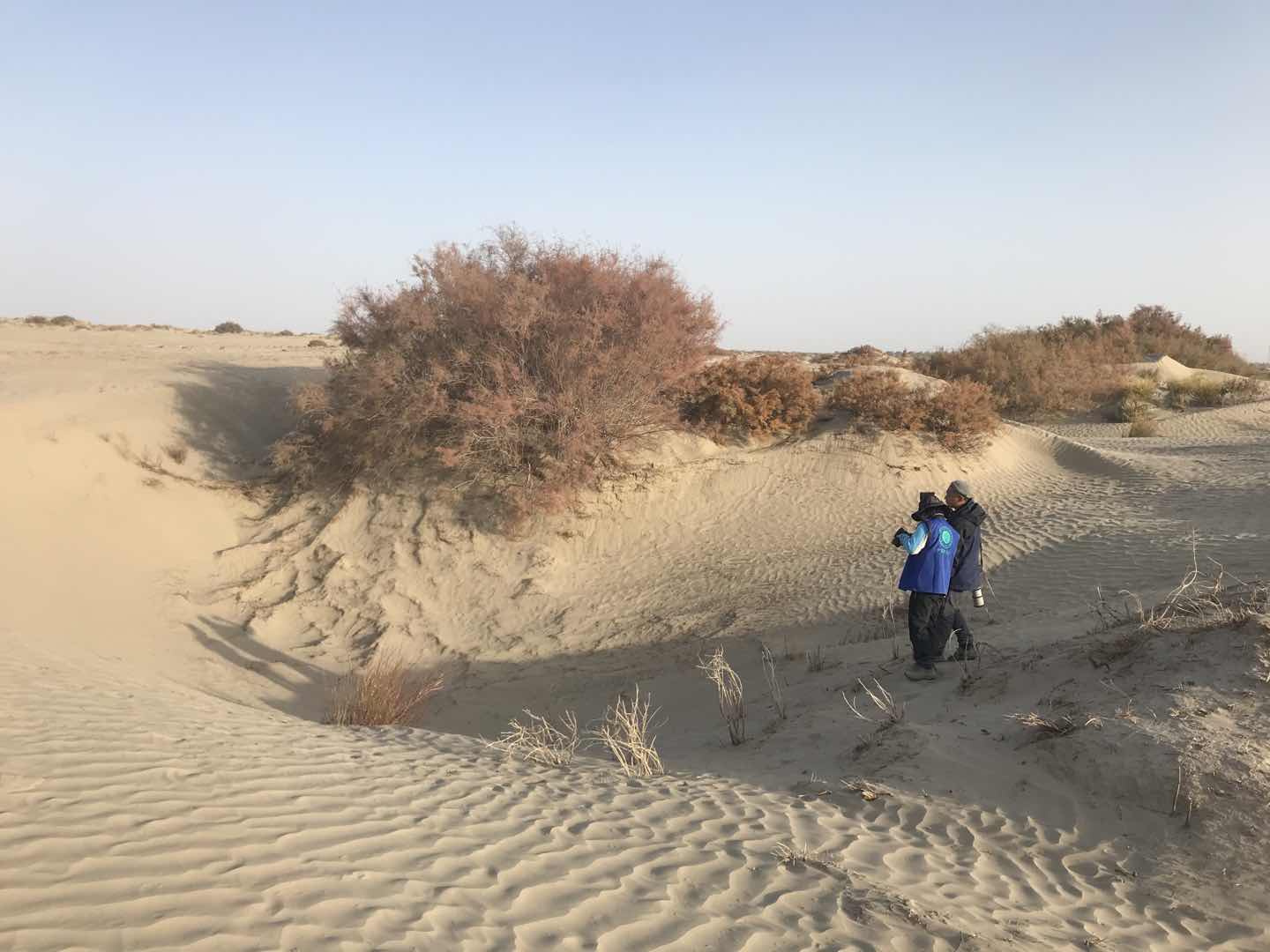
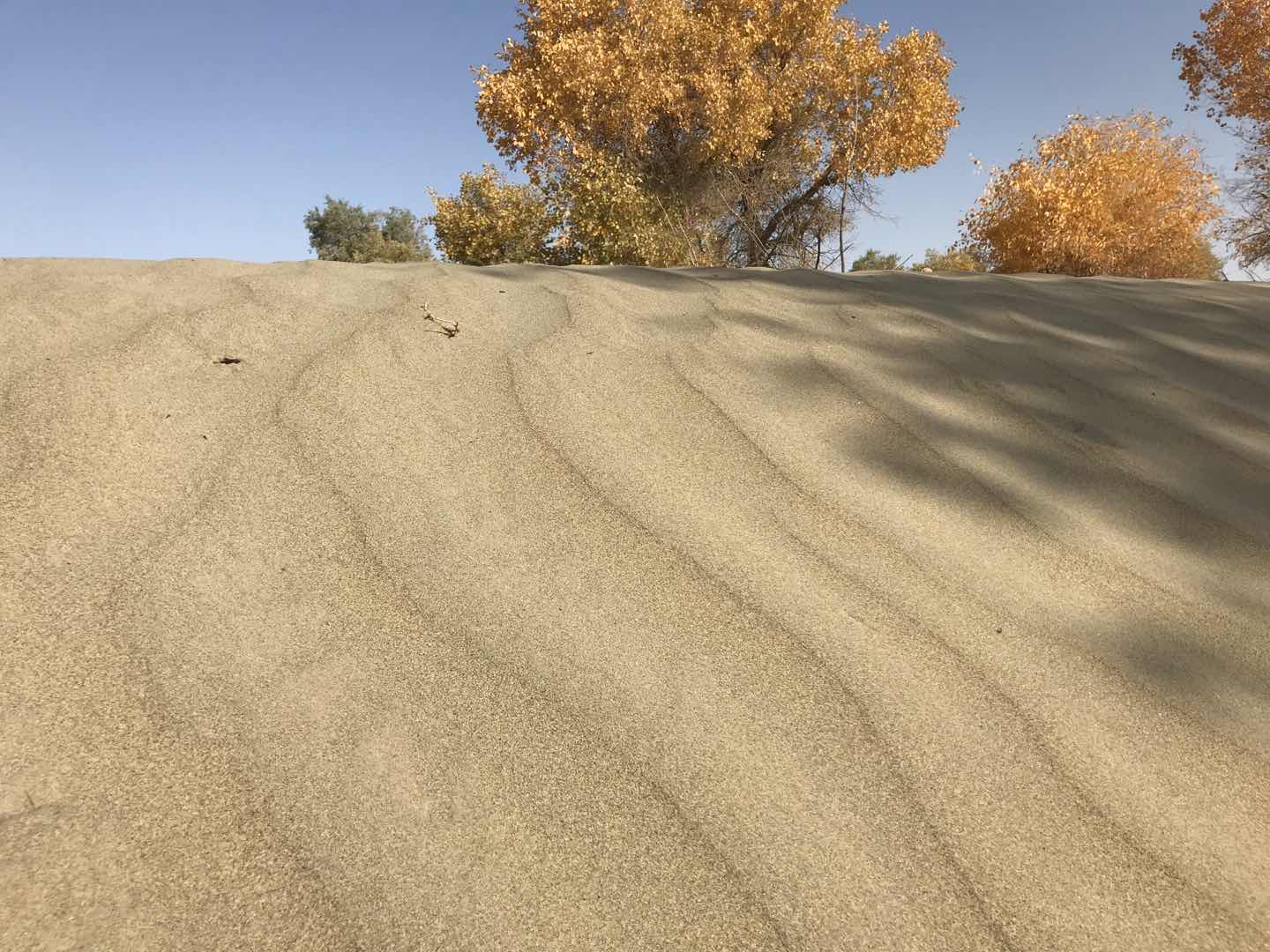

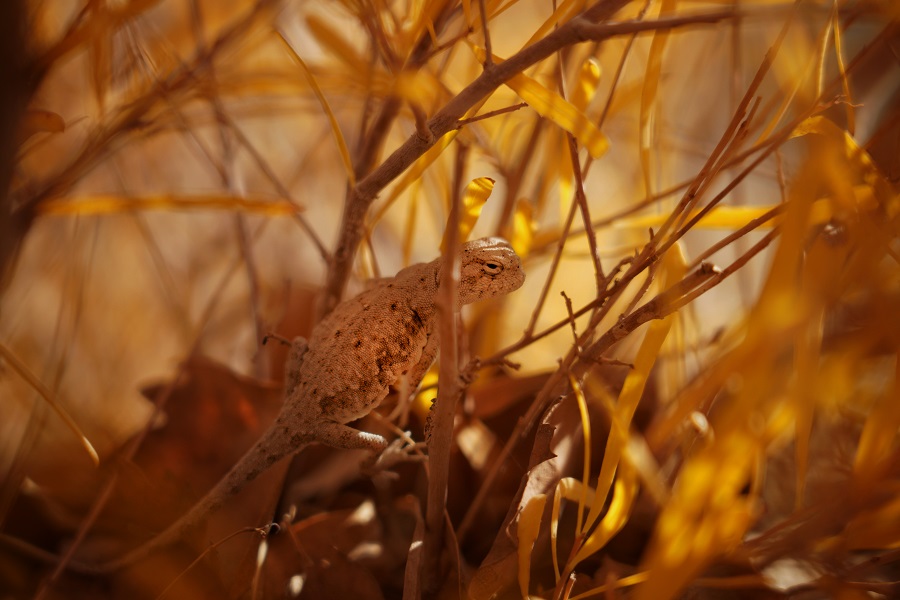
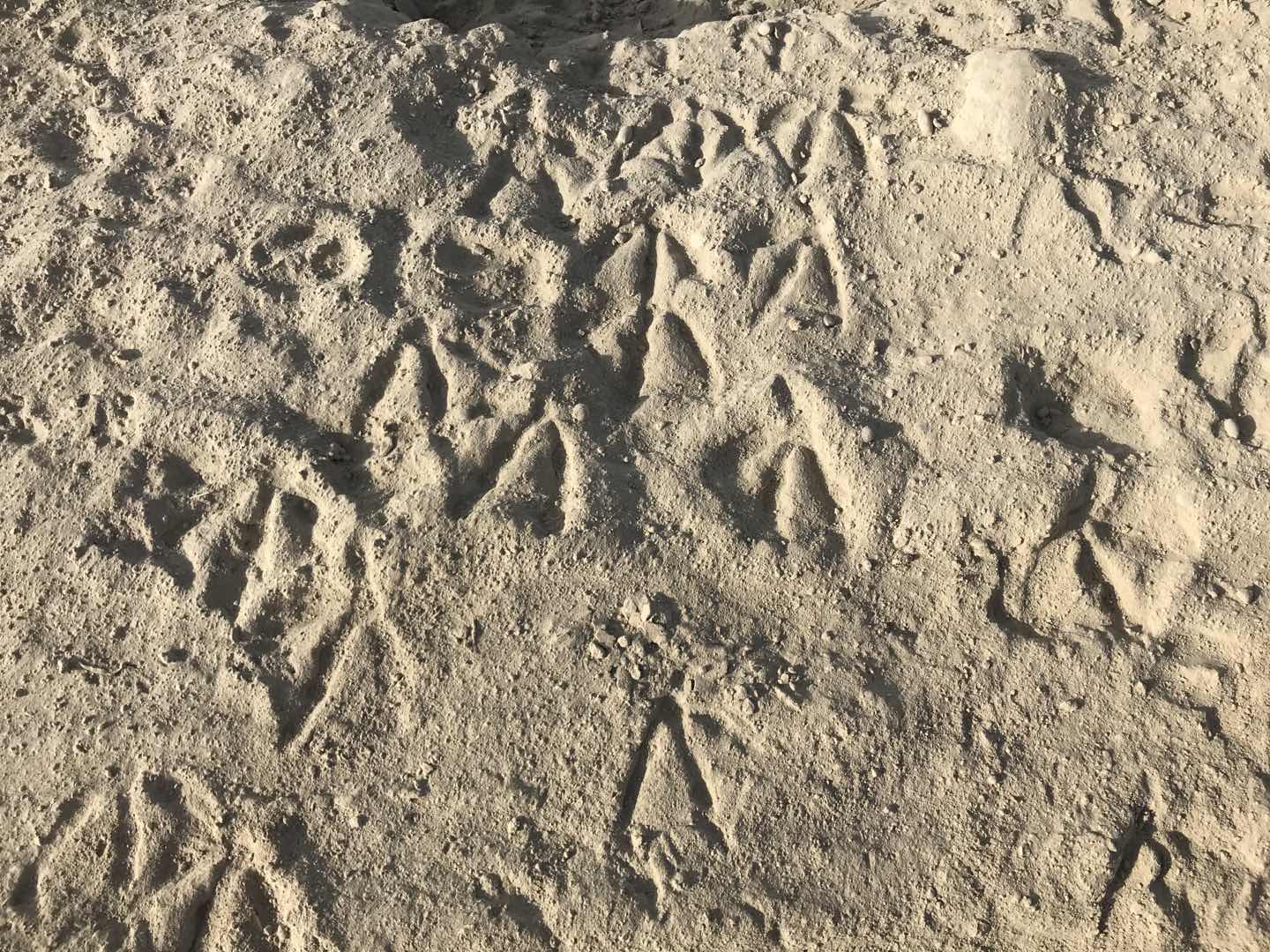

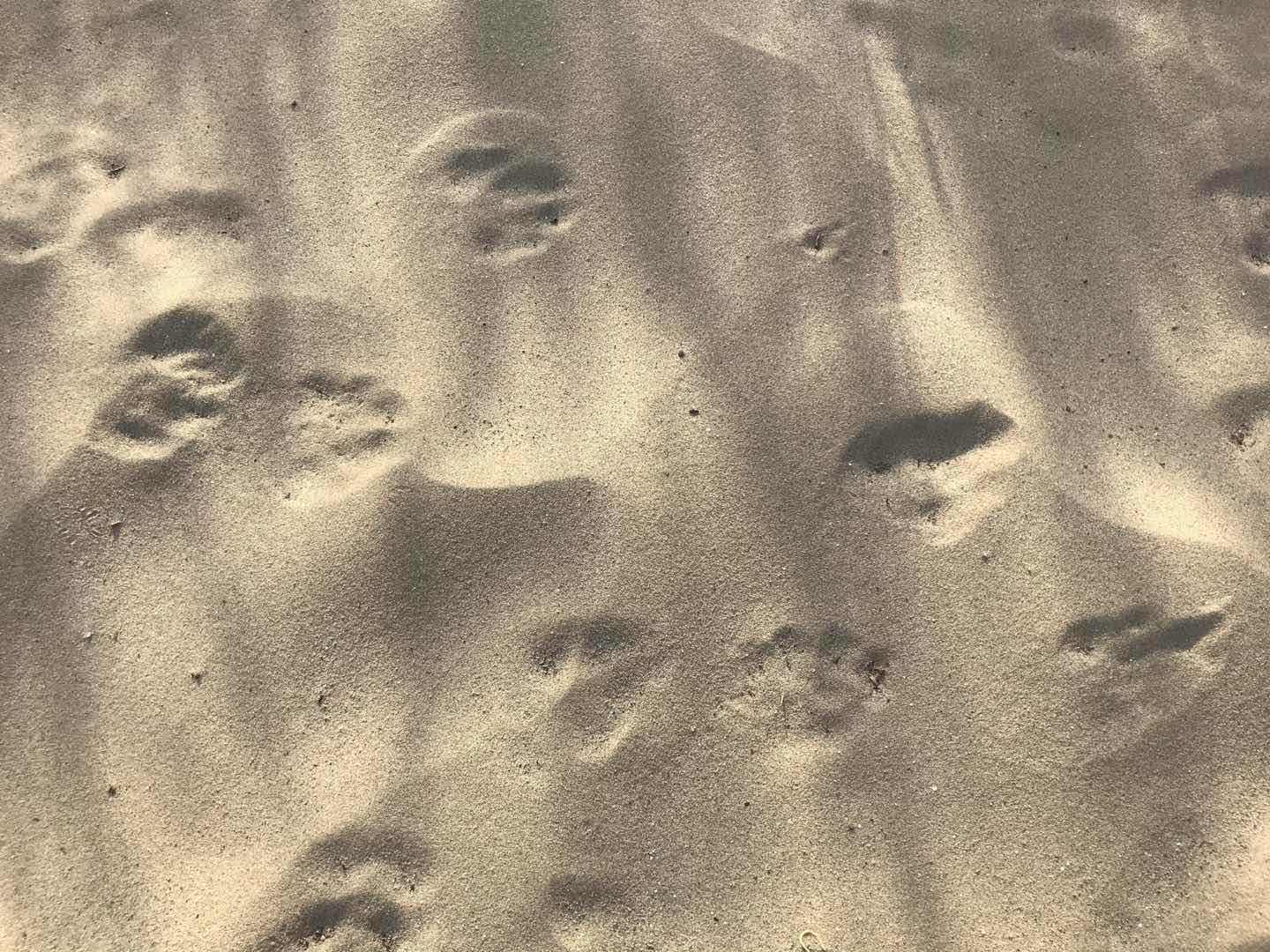
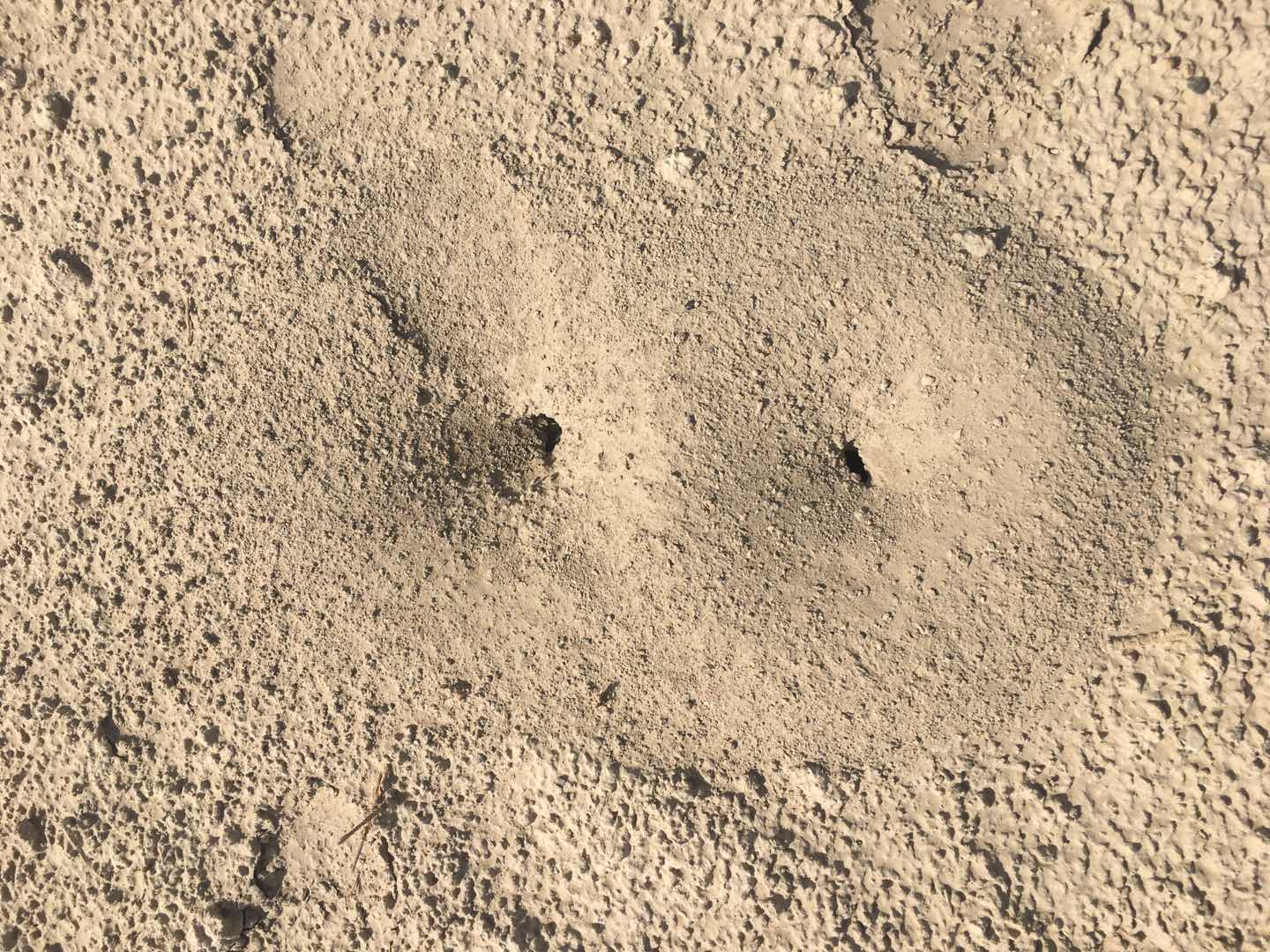

(Photo credit: CBCGDF)
Original Chinese article:
http://www.cbcgdf.org/NewsShow/4854/14100.html
By / Maggie
https://www.paypal.me/CBCGDFChina
http://www.cbcgdf.org/English/ConfirmDonaTion/0.html


(Please indicate "I read CBCGDF" in the payment notes, thank you!)
